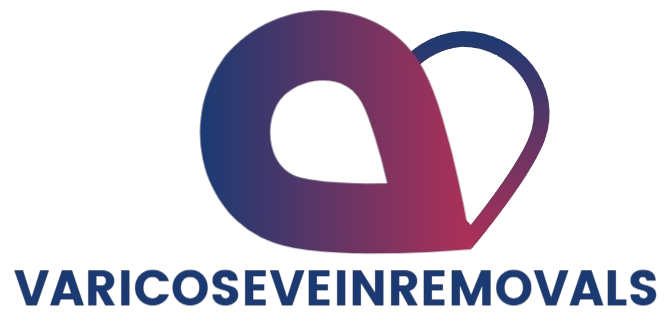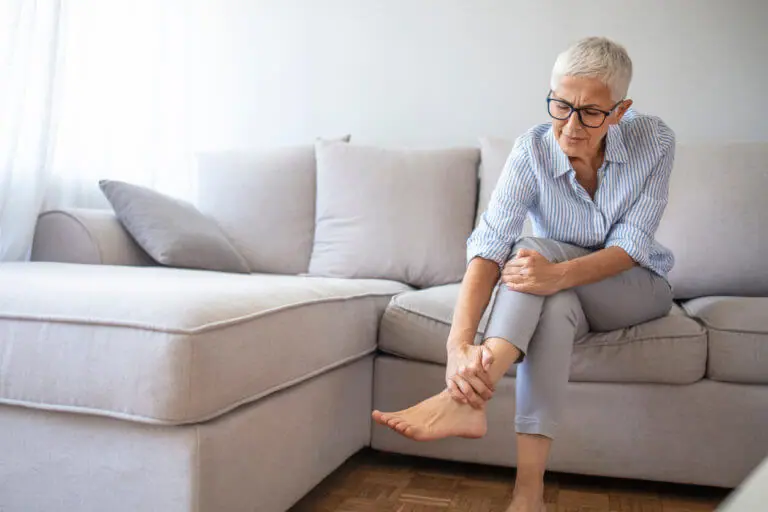Swollen legs are something many of us experience from time to time, whether it’s after a long day on our feet, a flight, or simply because of the heat. While mild swelling can be a temporary inconvenience, it can sometimes indicate a more serious underlying issue, like vein disease. If you’ve noticed your legs swelling regularly or experiencing pain and discomfort, it’s important to understand the possible causes—and whether vein disease could be a factor.
In this article, we’ll explore what leg swelling means, how vein disease plays a role, and what steps you can take if you think your swelling may be linked to vein health.
What Causes Leg Swelling?
Leg swelling, known medically as edema, happens when fluid accumulates in the tissues of your legs. This fluid buildup can be caused by a number of different factors, ranging from harmless to more serious health conditions.
In many cases, leg swelling is related to temporary lifestyle factors, such as prolonged sitting or standing, excessive heat, or even tight clothing. However, when swelling becomes persistent, it may point to a more serious issue—like vein disease. Swelling may also occur due to other causes such as heart failure, kidney problems, or lymphatic issues, where the fluid is not blood but rather lymphatic fluid.
When Leg Swelling Signals Vein Disease
One of the most common causes of chronic leg swelling is venous insufficiency, a condition where the veins in your legs are no longer able to efficiently carry blood back up to the heart. When these veins become weakened, blood starts to pool in the legs, leading to swelling and discomfort.
Venous insufficiency can happen due to a variety of reasons, including the failure of the valves inside the veins. These valves typically act as gates that prevent blood from flowing backward. When they stop functioning properly, blood accumulates in the veins, causing them to expand and become more visible, often leading to conditions like varicose veins or spider veins.
Symptoms of Venous Insufficiency
Leg swelling is one of the hallmark signs of venous insufficiency. But the condition may also present with other symptoms, such as:
- Swelling in the legs or ankles
- Pain or heaviness in the legs
- Visible varicose veins (twisted, enlarged veins)
- Skin discoloration or thickening
- Ulcers or open sores near the ankles
These symptoms often worsen as the day goes on, especially after prolonged standing or sitting. In the worst-case scenario, untreated venous insufficiency can lead to complications like ulcers, skin infections, or deep vein thrombosis (DVT), a dangerous clotting disorder.
What Causes Vein Disease?
Vein disease, including venous insufficiency, can arise from a variety of factors:
- Age: As we age, the veins weaken, and the valves that help blood flow properly can become less effective.
- Genetics: Family history plays a large role—if your relatives have had vein problems, you’re more likely to develop them as well.
- Lifestyle: Sitting or standing for long periods without moving can increase pressure on the veins. Likewise, being overweight or obese can put additional strain on your leg veins.
- Hormonal changes: Pregnancy and hormone replacement therapies can increase the risk of developing vein disease due to changes in the circulatory system.
- Injury: Past leg injuries or trauma to the veins can also lead to weakened veins and chronic swelling.
How to Prevent and Manage Leg Swelling from Vein Disease
While you can’t always prevent vein disease, certain lifestyle changes can help reduce the risk and alleviate symptoms. Here are some tips for managing leg swelling caused by vein issues:
- Exercise regularly: Physical activity promotes circulation and strengthens the muscles that support your veins. Walking, cycling, or swimming are great options.
- Elevate your legs: Elevating your legs when resting helps the blood flow back toward the heart, reducing swelling. Aim to raise your legs above heart level when sitting or lying down.
- Wear compression stockings: These specially designed stockings apply pressure to your legs, helping blood flow more efficiently and reducing swelling. They’re especially useful during long periods of standing or sitting.
- Maintain a healthy weight: Excess weight can increase pressure on your veins, worsening swelling and the likelihood of developing vein disease.
Seeking Treatment for Venous Insufficiency
If you suspect your leg swelling is due to vein disease, it’s important to seek professional help. A vein specialist will perform a thorough examination, which may include imaging tests like ultrasound to assess the condition of your veins and blood flow. Based on the diagnosis, they may recommend one of the following treatment options:
- Conservative Treatments: For mild cases of venous insufficiency, doctors often recommend lifestyle changes, such as exercise, weight management, and the use of compression stockings. These methods can help manage symptoms and prevent further progression of the disease.
- Sclerotherapy: This minimally invasive procedure involves injecting a chemical solution into the affected veins. The solution irritates the vein walls, causing them to close off. Over time, the veins will be absorbed by the body, and swelling should decrease. Sclerotherapy is often used for smaller veins like spider veins or varicose veins.
- Endovenous Treatment: This is a more advanced technique, often used for larger veins. Endovenous laser treatment (EVLT) or radiofrequency ablation (RFA) uses heat to close off malfunctioning veins from the inside. This method is effective at reducing symptoms like swelling and can often be performed in an outpatient setting.
- Iliac Vein Stenting: In more severe cases where vein disease affects the iliac veins (located in the pelvic region), a stent may be placed to maintain open blood flow. This procedure is especially useful when veins become compressed or blocked, which could contribute to leg swelling.
Conclusion: When to Seek Help
While occasional leg swelling might just be the result of standing for too long or hot weather, persistent or painful swelling could be a sign of vein disease. If you experience frequent swelling in your legs, along with other symptoms like pain, visible varicose veins, or skin changes, it’s important to consult with a vein specialist. Early diagnosis and treatment can prevent complications and help you regain better leg health. By understanding the causes and available treatments for vein disease, you can make informed decisions about your care and keep your legs feeling and looking their best.



